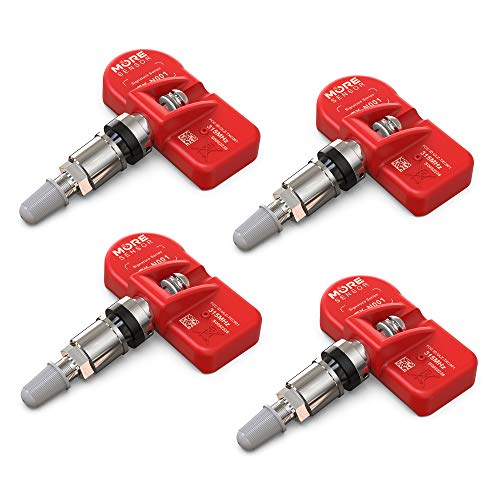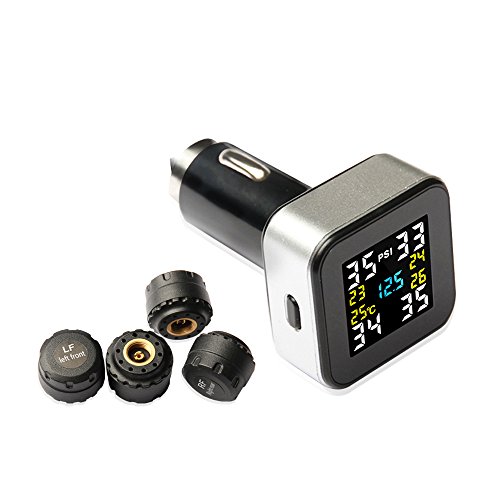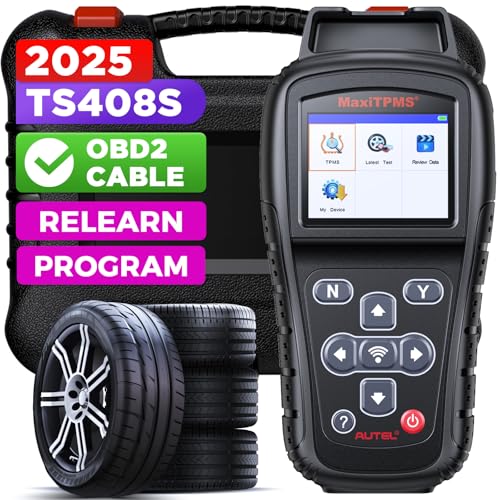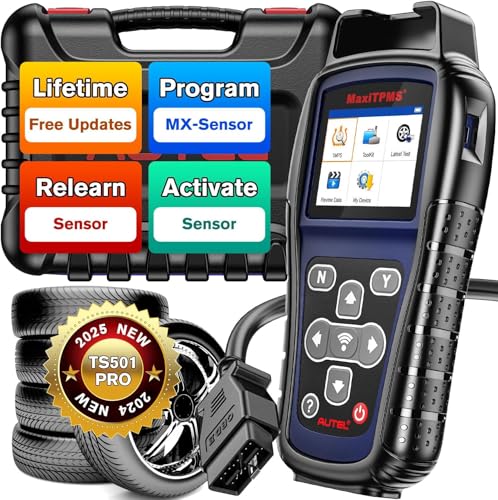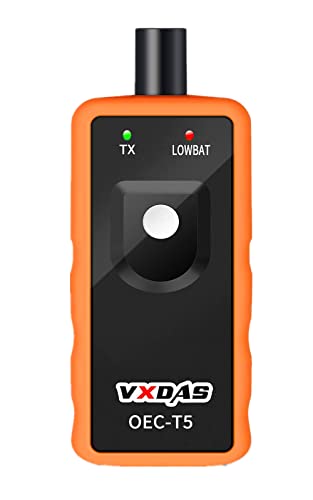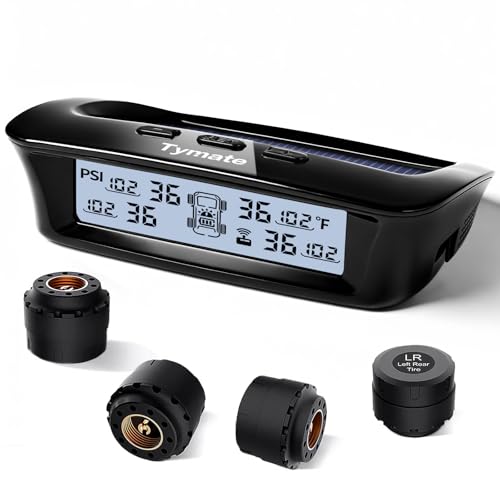When the TPMS light has turned on or given an alert, it is a sign that the tire pressure of your vehicle is low. This makes it unsafe to drive further.
But are you someone searching, “Why is my TPMS light on but tires are fine?”
Malfunctioned/worn-out sensors and inappropriate voltage often cause issues with the TPMS light on, despite the tires being fine. Sometimes, due to weather changes, tires may get over-contracted or expanded, resulting in switching the TPMS light on.
As you know, it is time to show you the fixes. So sit tight, and do not move anywhere until the end of this topic!
What is TPMS and How Does It Work?
In simple words, the TPMS (Tire Pressure Monitoring System) is considered an automated mechanism. It plays a crucial role in monitoring the overall air pressure of the pneumatic tires on vehicles.
Initially, this automated sensor was available in premium vehicles only. But nowadays, this is common in the majority of the latest cars available globally.
With its assistance, a driver can detect if any of the tires has lost its air pressure. And thus, he can take the next step wisely!
How the TPMS works depends on the type of tire pressure monitoring system. And speaking of the types, they consist of the direct and indirect systems.
Basically, the direct one is a battery-powered sensor designed to monitor the overall tire pressure constantly.
It notifies the driver concerning low air pressure when the pressure level drops below the recommended level (e.g., 25%). Generally, it sends the info to the electronic control unit.
Instead of the wheels’ sensors, the indirect TPMS can rely on your anti-lock brakes’ sensors positioned on it.
It notifies you when one of your car’s tires fails to meet a certain baseline or is running low. Compared to the direct system, the indirect TPMS is more precise and durable.
Why is My TPMS Light On but Tires Are Fine?
A single issue will not cause the TPMS light to get “on” despite the tires being fine. Rather, any of the following reasons can be responsible for the problem.
So it is better if you note down all the given reasons so that you can fix them accordingly –
- Faulty or worn-out sensors
- Connection/power supply defects
- Loss of air because of physical damage
- Inappropriate voltage
- Weather conditions changing
Note that some car owners reported facing issues with the TPMS light due to inappropriate wiring.
So, at first, it is better if you check your vehicle’s wiring connection by calling a technician.
Thus, you can confirm whether it is causing this particular issue or whether the above problems are the real culprit behind the consequence.
How To Fix TPMS Light On But Tires Are Fine?
The fixing guide regarding TPMS light on but tires being fine is going to disclose quick and effective troubleshooting tips.
You need to follow different techniques to deal with each problem, and in some places, replacement is the only solution. So let’s get straight into the fixing –
#1 – Repair or Replace the Sensor
Over time, physical sensors will wear out as they have a specific lifespan, possibly around five to ten years. Poor battery power has also been one of the prime reasons behind physical sensors’ malfunction.
No matter what, a faulty sensor can be the core reason why your car’s TPMS light will stay on, despite the tires having no defects.
So, by taking experts’ suggestions and assistance, make sure you repair the sensor. But if it appears to be worn out or damaged, then replacement should be the only way to go.
We guess the given tutorial will help you replace the sensor without much effort:
#2 – Replace the Power Supply Wires
Damaging or corrosion buildup is what makes the power supply wire faulty.
As a result, it is likely to get your TPMS light on despite the tires being absolutely fine. Consider checking the fuse box to see whether the power supply is okay or not.
The point to be noted – peeling and cracking will be noticeable if the power supply wires go bad. Do not think twice to replace these in order to solve the issue.
#3 – Check/Fill the Tires’ Air
The basic function of the TPMS light is to turn on when the air pressure falls too low. However, it is equally true that the light will remain on during the sudden air pressure loss, even if you have inflated the tires only a few days ago!
The main reason behind sudden air loss is driving over rugged surfaces. Other common reasons include wheel rim damage, tire valve defects, and so on.
As for the solution, it is better to check the amount of leakage, making sure whether you can seal it yourself or an expert’s hand is mandatory! Filling the leaky tires is equally necessary to meet the recommended air tire pressure.
#4 – Adjust the Voltage
During a drive, you can sometimes affect the overall voltage by sudden movements. And it mainly occurs with the aftermarket parts, which need a relatively high voltage compared to the stock components.
By recalibrating the tire pressure monitoring system, you can fix the issue with the assistance of a scan tool. But here, make sure to drive for a few minutes for the fix.
In case it has not been solved yet, you may have to choose the maximum voltage level to adjust the TPWS.
#5 – Deal with the Weather Conditions Wisely
Last but certainly not least, the weather conditions can dramatically impact the tires’ air pressure, even if the condition of the tires is fine. Any type of change can either decrease or increase the tires’ air pressure.
For instance, the vehicle’s tires are prone to expand due to overheating. Similarly, they tend to contract by getting excessively cold!
The quickest and easiest solution during the hot summer would be to get your car parked around the garage so that it cannot get damaged.
But if the weather is too cold, try to drive for a minimum of five miles to get the tire warmed up. Thus, you can save them from getting contracted.
Can You Drive Your Car When the Tire Pressure Monitoring System Light Is On?
Overheated tires, decreased traction, and bad driving response are the common outcomes that will appear when you continue driving despite the light being on.
As a rule of thumb, TPMS turns on when the tires lose their recommended air pressure. In that case, those tires might be underinflated, which will result in overheating or blowing out.
So, there is no way to take it lightly because a faulty tire can be an obstacle to driving straight. And guess what?
You will start noticing a significant decrease in controlling your vehicle on the road, which is also quite risky!

